Promoting change to healthier dietary habits a government and industry goal

Back in 1826 a phrase was born: “You are what you eat.” Actually the quote was “Dis-moi ce que tu manges, je te dirai ce que tu es,” which more precisely means, “Tell me what you eat and I will tell you what you are,” and was stated by Anthelme Brillat-Savarin in Physiologie du Gout, ou Meditations de Gastronomie Transcendante.
It has been reported that the actual phrase didn’t emerge in English until the nutritionist Victor Lindlahr, who was a strong believer in the idea that food controls health and developed the Catabolic Diet (foods that actually burn more calories than they contain). In 1942, Lindlahr published You Are What You Eat: How To Win And Keep Health With Diet. “Ninety per cent of the diseases known to man are caused by cheap foodstuffs. You are what you eat.” Then in the 1960s, those hippy days, the phrase got a new lease of life. The food of choice with this group was macrobiotic wholefood and the phrase was adopted by them as a slogan for healthy eating. The belief in the diet in some quarters was so strong that when one of their leading spokespeople contracted the cancer that later killed her, she attributed the illness to the junk food she had eaten at college.
The problem today is that food is big business and we have all become too busy or lazy and we are looking for convenience and price and we have been hoodwinked by fancy marketing into eating too much highly processed snack and takeaway food products, rich in tasty fat and sugar. The marketing cleverly focuses on certain issues which appeal to our preferences, have addictive properties and make us feel “good.” Additionally, as we tend to “eat with our eyes,” we consume far more than we need.
This has seen us displace much of the fruit, vegetables, seafood and other nutritious, unprocessed foods in our diets.
These habits are killing us! Common non-infectious illnesses, so many driven by poor diets, are now the leading cause of death worldwide. The increase in the proportion of overweight and obese people across many countries is astounding. On top of this there is now much evidence that this unhealthy diet is also contributing to poor mental health. If in any doubt check the increases in suicides and depression and rises in dementia problems.
Benefits of seafood
Dr. Mozaffarian of the Harvard School of Public Health observed that eating seafood twice a week reduced the risks of dying from heart disease by 36 percent and he has stated that “seafood is likely the single most important food one can consume for good health.”
WorldFish Nutrition Director, Dr. Shakuntula Thilsted, has confirmed “Foods from the aquatic environment are a complete and unique source of both the macro- and micronutrients required in a healthy diet. Fish consumption also provides health benefits to the adult population. There is strong evidence that fish, in particular oily fish, lowers the risk of coronary heart disease (CHD) mortality by up to 36 percent due to a combination of EPA and DHA (FAO/WHO 2011).”
Based on her work in Bangladesh Dr. Thilsted said, “In addition to the health benefits of these macro-nutrients fish is also an important provider of a range of micro-nutrients, not widely available from other sources in the diets of the poor. More and more attention is given to fisheries products as a source of micronutrients such as vitamins and minerals. This is in particularly true for small sized species consumed whole with heads and bones, which can be an excellent source of many essential minerals such as iodine, selenium, zinc, iron, calcium, phosphorus, potassium, vitamins A and D, and several B vitamins. There are significant variations between species and between different parts of the fish. Seafood is almost the only natural source of iodine, and iron and zinc are found in significant amounts, particularly in fish species eaten with bones, such as small indigenous fish species. Some of these small fish species, for example Mola (Amblypharyngodon mola) have a very high content of vitamin A in the form of dehydroretinol and retinol. As most small fish are eaten whole, with bones, they are a rich source of highly bioavailable calcium (Roos et al., 2007). In addition, fish enhances the bioavailability of iron and zinc from the other foods in a meal (Aung-Than-Batu et al., 1976).”
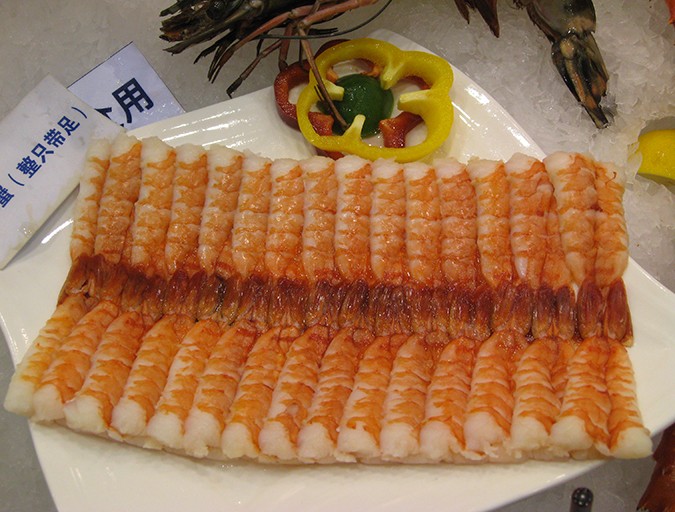
The benefits, as well as the potential risks, of fish consumption are well documented in the report of an FAO/WHO Expert Consultation on the risks and benefits of fish consumption (FAO/WHO 2011) that concluded that the benefits far outweigh the risks, which were principally from mercury and dioxins. The experts found convincing evidence of beneficial health outcomes from fish consumption for reduction in the risk of death from coronary heart disease, and for improved neuro-development in infants and young children when the mother consumes fish before and during pregnancy.
More government support needed
With this sort of support, you would think that governments would be going out of their way to incentivize seafood production or at least to ensure that our seafood producers (be they from aquaculture or wild catch) are given every assistance to ensure that we can harvest and produce such product that would create such dividends for the public and the health of the countries. And yet we know that this is not happening, in fact, we have so many examples where the authorities go out of their way to put obstacles in the way that it is has become important that we put an end to such activities.
Besides such innovation, we should be looking to drive change by ensuring that fish and seafood gets its own defined spot on the Dietary Food Pyramid rather than be in a confusing position with poultry and red meat and other proteins.
Of course this needs to be done in a manner where every care and attention is taken to governance, environmental stewardship ensuring responsible sustainable food development. Governments have a duty to provide food for their people. Wild and farmed fish are a healthier alternative to almost any other type of meat. Farmed fish have a more constant nutrient composition compared to their wild counterparts, whose environment, food and access to food varies during the year. The environment of farmed fish can be monitored and managed to secure an optimal product. By controlling the composition of aquaculture feeds and other inputs, fish with good health and healthy fish products with optimal nutritional composition can be produced.
People and organizations who have a track record for production of seafood are being thwarted by both red and green tape in most so called developed nations and this has to be highlighted as a nonsense.
Dietary change is never easy as people are creatures of habit and promoting unprocessed food just does not attract the marketing dollars so there is a clear need for government and community support. There is so much public good in the outcomes if this message could get through.
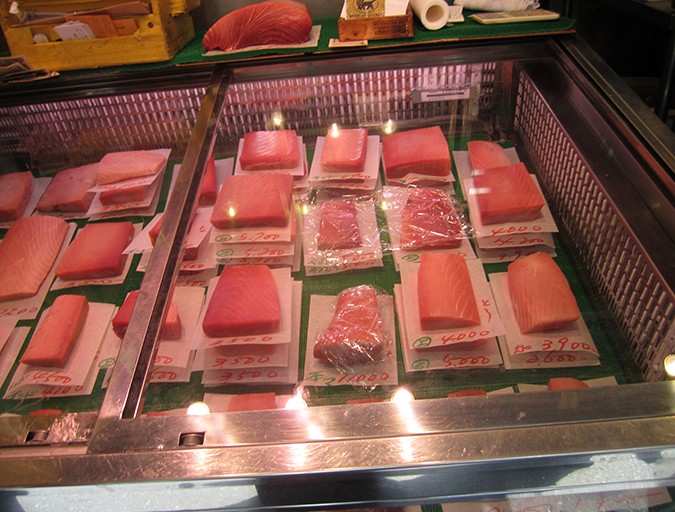
Japanese food habits
Food habits can be changed. A case in point is the most expensive cut of tuna; the fatty belly-meat of bluefin tuna (called otoro and shimofuri). In the 1950s the reliable information is that it was treated as cat-food. The Japanese government was concerned about the shortage of tuna following nuclear weapon tests in the Pacific, created a marketing campaign to deal with the problem. The belly meat was soon noted as a delicacy and this has now continued. Expensive global white table restaurants such as Nobu, offer the melt-in-your-mouth piece of pinky-yellow shimofuri at about double the price of lean akami off the top of the fish.
Sticking with the Japanese theme there is some good news. It is clear that as a fast food sushi/sashimi has become a global player without the support of one large company driving the marketing. Sushi/sashimi fast food have attracted the younger generation — a healthy, quick and convenient meal priced to compete with hamburgers and pizzas.
Innovation has also assisted this move. In Japan the business is about raw fish but with western palates in mind experimentation with cooked tuna, smoked salmon, etc. proved successful. Apparently an enterprising Japanese sushi restaurant owner visited a beer-bottling factory and came up with the idea of using the conveyor style approach within his restaurant. Japan now has about 3,000 of the conveyor-belt sushi restaurants and Yo! Sushi, is now Europe’s (where Sushi’s penetration happened slowest) biggest conveyor-belt sushi restaurant chain.
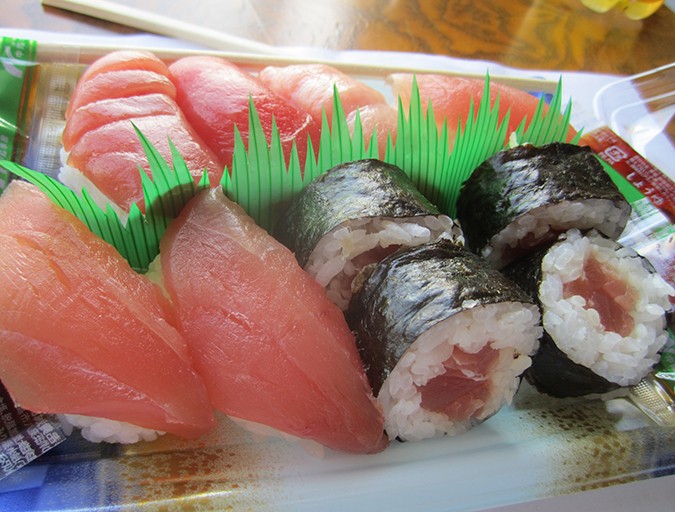
Seafood’s own place in dietary food pyramid?
Besides such innovation, we should be looking to drive change by ensuring that fish and seafood gets its own defined spot on the Dietary Food Pyramid rather than be in a confusing position with poultry and red meat and other proteins. Those proteins clearly are not in the same league as far as nutrition is concerned. Perhaps we should promote the all fish pyramid too!
For some final words on this let us again go to Harvard’s Dr. Mozaffarian who in a research paper with Dr. Eric B. Rimm Fish Intake, Contaminants, and Human Health concludes “Evaluating the Risks and the Benefits for major health outcomes among adults, based on both the strength of the evidence and the potential magnitudes of effect, the benefits of fish intake exceed the potential risks. For women of childbearing age, benefits of modest fish intake, excepting a few selected species (all wild caught), also outweigh risks.”
Author
-

Roy D. Palmer, FAICD
GILLS
2312/80 Clarendon Street
Southbank VIC 3006 Australia[109,111,99,46,108,105,97,109,103,64,100,121,111,114,114,101,109,108,97,112]
Tagged With
Related Posts
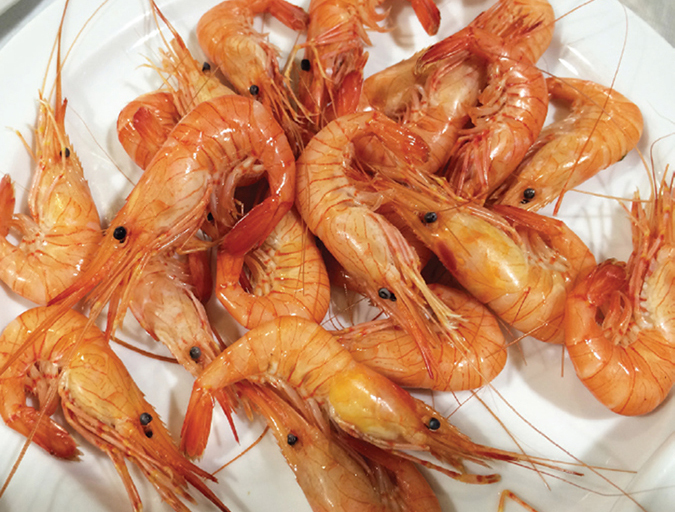
Intelligence
Warning: Shrimp salad may contain shrimp
Crustaceans, fish and any food that contains protein have the potential to cause allergic reactions in some individuals. To protect consumers, seafood businesses must stay abreast of changing regulations.
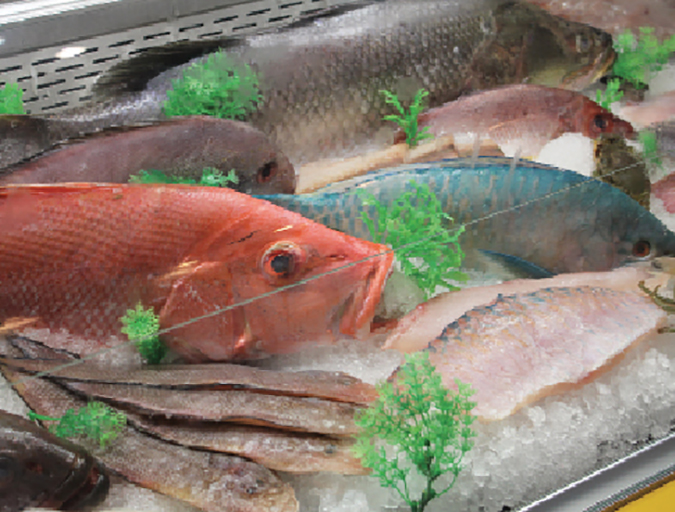
Intelligence
Food is abundant, yet people are starving
While significant numbers of people are undernourished, an increasing number of people are overweight. The divide between recommendations and results is marked, so we must learn more about food production and change our behaviors.
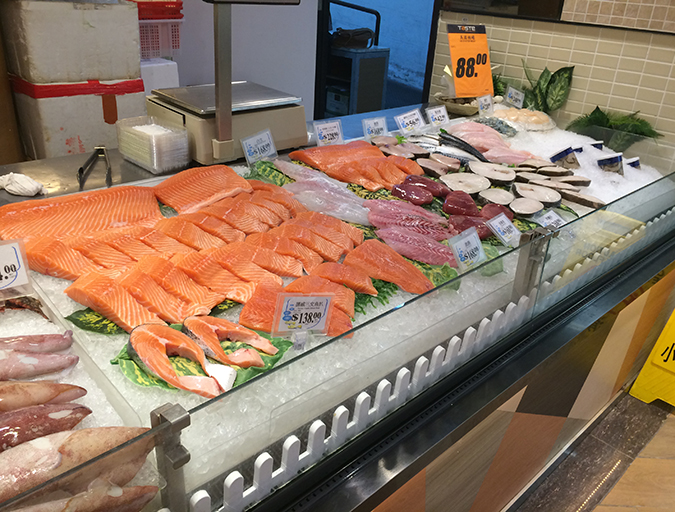
Intelligence
Healthy populations wanted: U.S. guidelines get it right
The 2015 "Dietary Guidelines for Americans" suggest eating at least 8 ounces of seafood per week, and advise pregnant and breastfeeding women to eat 8-12 ounces weekly. It's about time.
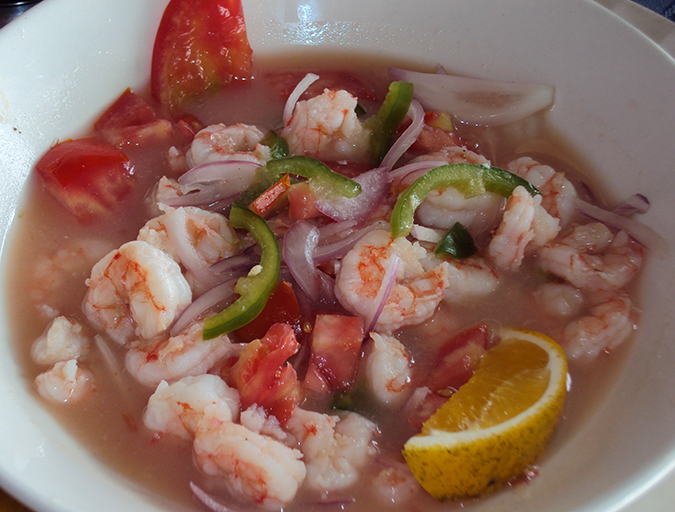
Intelligence
Facts about shrimp and cholesterol
Many people, including health-conscious consumers, are concerned about the cholesterol content of foods such as meat, eggs and dairy products. In the case of shrimp, the cholesterol story is different because a number of research studies have demonstrated that the high percentage of “good fats” in shrimp reduce the impact of cholesterol, and that a majority of people can eat shrimp as part of a balanced diet.

